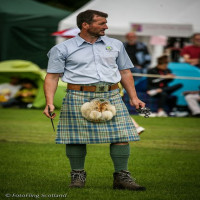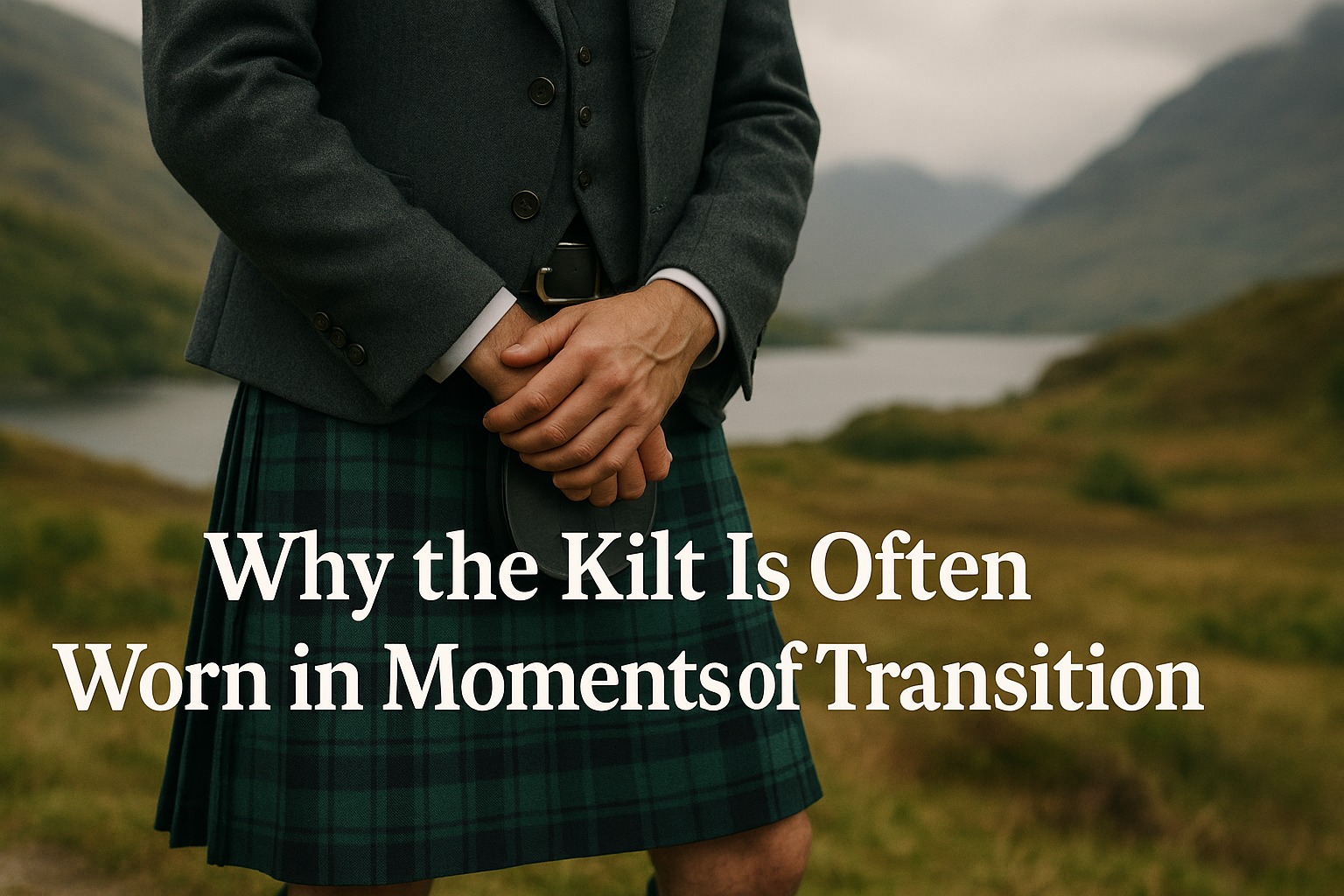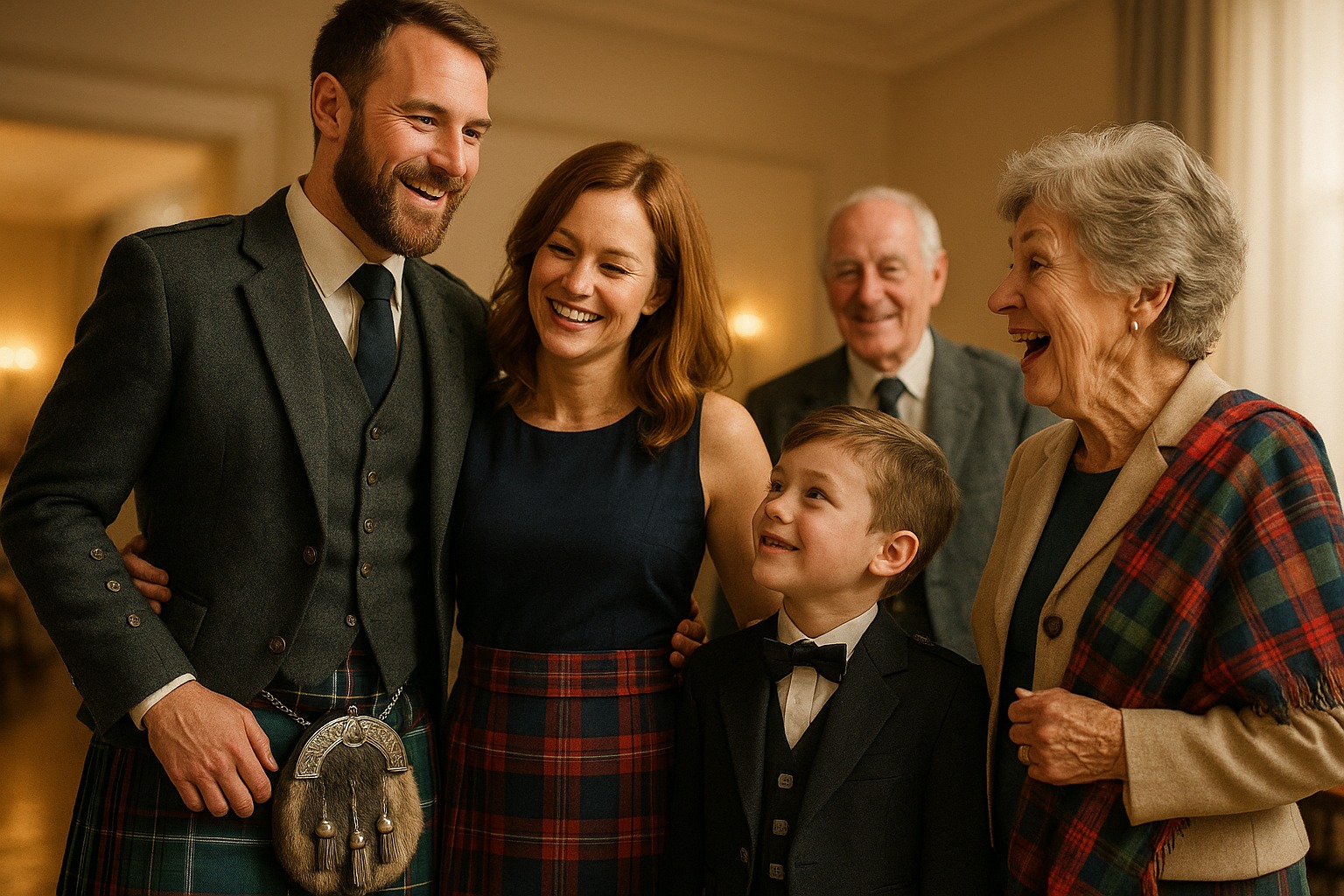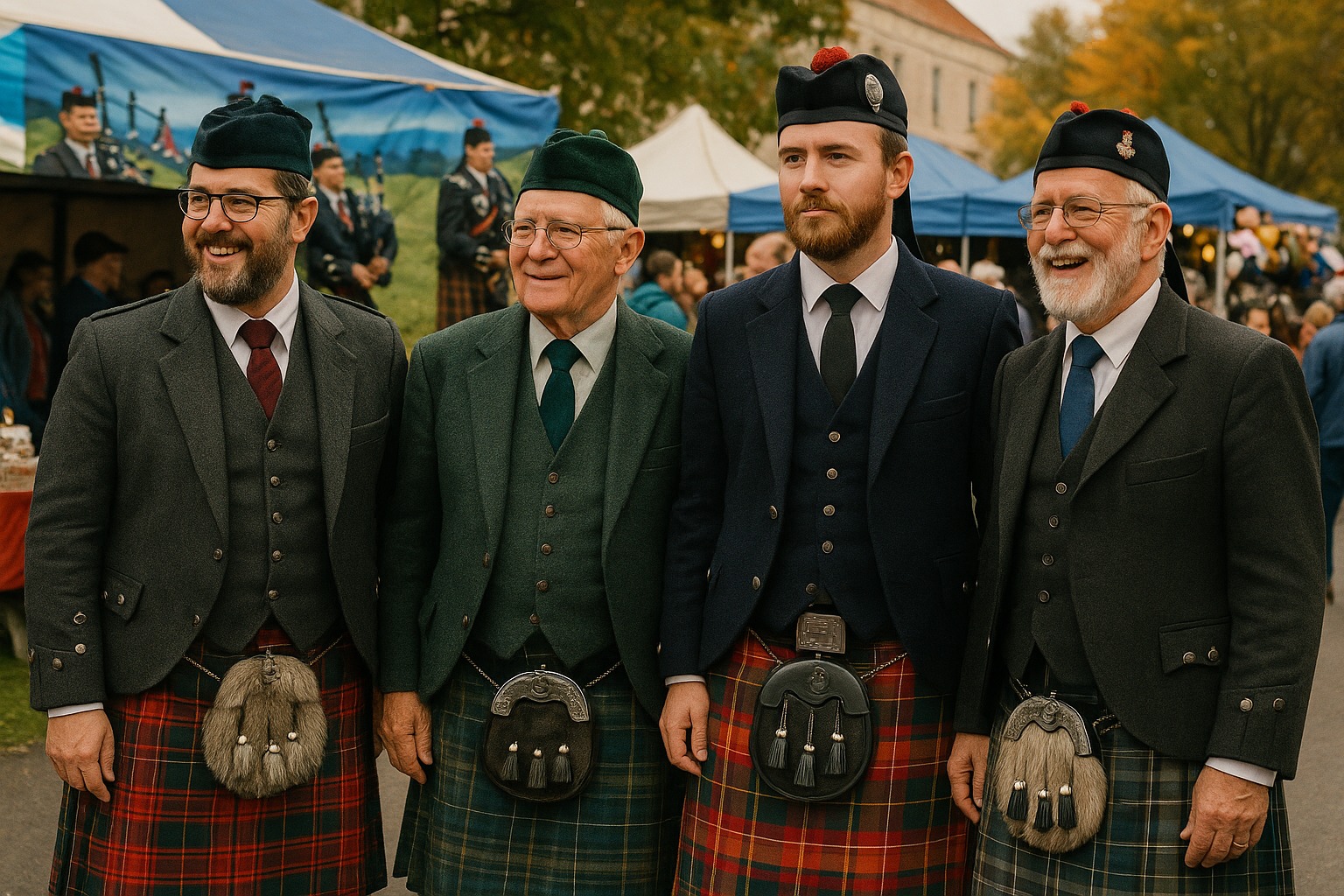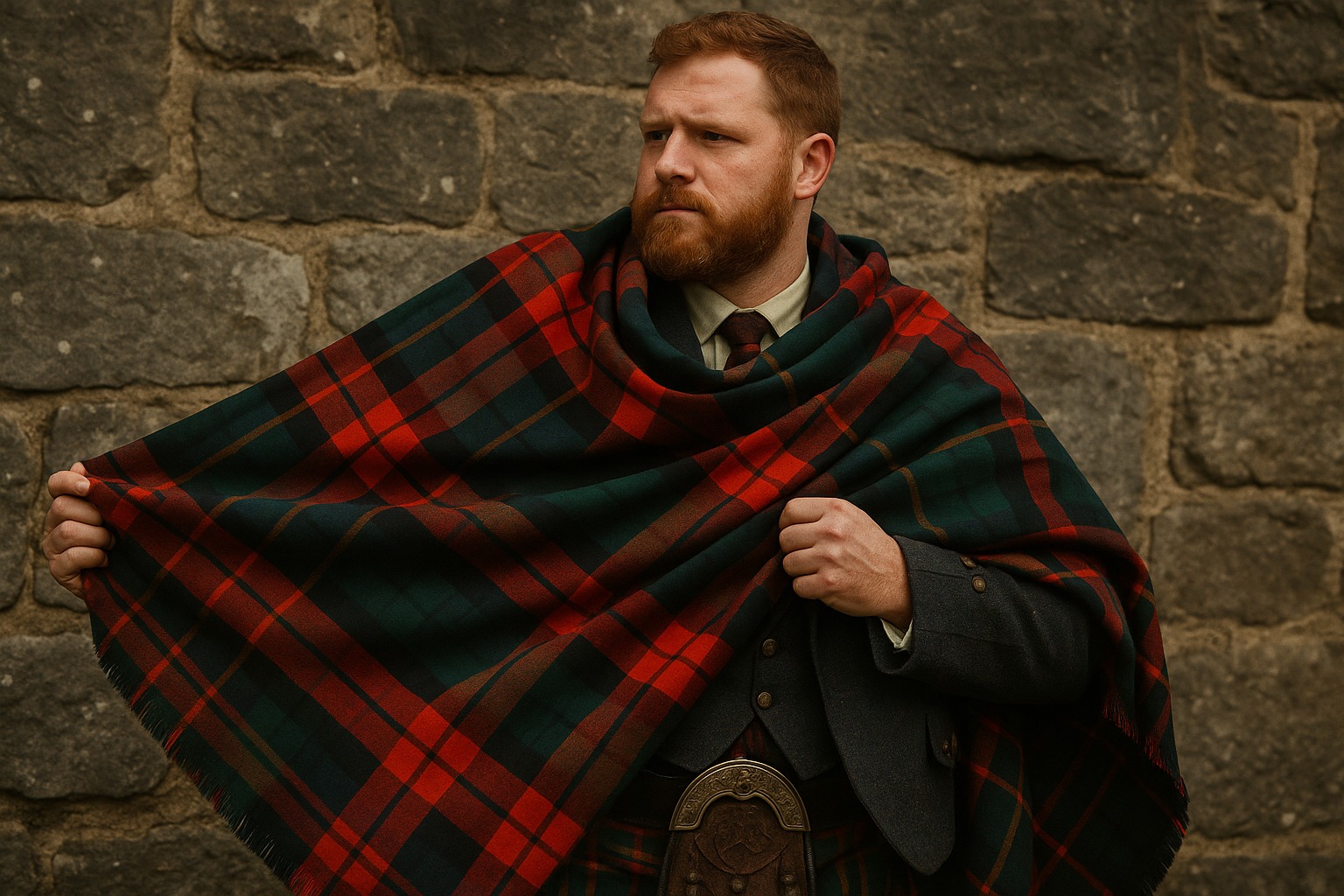What It Means to Wear a Kilt in Modern-Day Edinburgh

Strong 8k brings an ultra-HD IPTV experience to your living room and your pocket.
Introduction: A City of Old Stone and New Stories
Edinburgh, the capital of Scotland, is a city where cobblestone streets echo with centuries of history, and castle spires pierce skies threaded with modern ambitions. It is a place of dualities: old and new, traditional and progressive, solemn and celebratory. And among these contrasts, one of the most enduring and visible is the sight of a kilt walking through its cityscape.
To wear a kilt in Edinburgh today is not just to follow fashion or ritual. It is to participate in a centuries-old dialogue between self and society, past and present. This article explores the meaning of wearing a kilt in contemporary Edinburgh—who wears it, why they wear it, and what it signifies in a city constantly reinventing itself.
________________________________________
1. Tradition in Motion: Kilts on the Royal Mile
The Royal Mile is Edinburgh's historic artery. Tourists gather to watch pipe bands, street performers, and wedding parties dressed in full Highland regalia. For visitors, kilts often symbolize their Scottish bucket-list moment. For locals, though, the kilt is more than spectacle.
Many Edinburgers wear kilts for special occasions—weddings, graduations, funerals—but also for civic events and festivals. On the Royal Mile, a man in a kilt is not simply posing for photos; he is enacting identity. It is a quiet proclamation: I belong here. I know where I come from.
________________________________________
2. The Personal Kilt: Heritage and Emotion
Beyond the festival lens, the kilt lives in wardrobes and memory boxes. In Edinburgh households, kilts are passed from parent to child, often tied to stories. "Your uncle wore this when he married your aunt," someone might say, as they unfold a tartan for a teenage son.
These kilts are not about clan, always, but about connection. A personal kilt becomes a record of moments lived: worn to a graduation, a ceilidh, a grandfather's funeral. Its pleats hold memory. And in modern Edinburgh, a city as much defined by art schools and startups as cathedrals and crown jewels, this connection is vital.
________________________________________
3. Fashion Statement or Cultural Signal?
Some young Scots are reclaiming the kilt as a fashion choice. Paired with boots, leather jackets, or graphic tees, the kilt is no longer just traditional garb but a statement of individuality.
In hip neighborhoods like Leith or the Southside, a kilt might be worn ironically, proudly, or politically. It could be part of a punk aesthetic or a gender-fluid look. As with tattoos or piercings, the kilt becomes part of how people claim space in the city—visibly, confidently, and with flair.
But even these fashion-forward uses signal deeper ties. In Edinburgh, no one wears a kilt without it meaning something, whether that’s nostalgia, rebellion, or pride.
________________________________________
4. Kilts and the Diaspora: Visitors with Deep Roots
Modern Edinburgh welcomes thousands of visitors with Scottish ancestry. For many, wearing a kilt in the capital is a profound homecoming. Whether rented for a week or purchased for a lifetime, the act is not mere tourism—it’s ritual.
Families retracing their genealogy, couples getting married in Scottish castles, or students spending a term at university often mark their time in the city by donning the kilt. These moments become acts of belonging, even if temporary. Edinburgh offers the space for these visitors to enter the Scottish story with respect and style.
________________________________________
5. Beyond the Fringe: Political Kilts and Cultural Pride
During events like the Edinburgh Festival Fringe, kilts are everywhere. But they're not just costumes. In marches for Scottish independence or demonstrations for Gaelic language rights, the kilt becomes a political uniform.
Activists wearing kilts are consciously embodying tradition as a form of protest. They assert that Scotland’s heritage is not static but active, relevant, and worth defending. This politicization of traditional dress isn’t new—but it’s being reinterpreted for modern struggles.
The kilt here does not retreat into nostalgia. It steps forward, into discourse.
________________________________________
6. Everyday Kilts: From Ceremony to Lifestyle
Though kilts are often reserved for special occasions, a small but passionate group wears them regularly. From tour guides to pub owners, museum workers to folk musicians, the everyday kilt-wearer becomes part of Edinburgh’s living museum.
These are not actors. These are citizens who feel that the kilt is the most comfortable, expressive, or dignified way to present themselves. Their presence reminds us that tradition can be lived, not just remembered.
________________________________________
7. Challenges and Critiques: Appropriation and Authenticity
As kilts become more global and commercially available, questions of authenticity arise. Who gets to wear a kilt? Must one have Scottish blood? Is a rented kilt for a night less authentic than an heirloom?
In Edinburgh, these questions are debated in quiet and public ways. Museums like the National Museum of Scotland explore cultural appropriation and representation, while social media hosts fiery discussions about who can claim Scottish dress.
Ultimately, Edinburgh leans toward inclusive authenticity. If you wear the kilt with respect, with understanding, with curiosity—then you are welcomed into the fold.
________________________________________
Conclusion: A Tartan Thread in a City of Change
Edinburgh is always evolving—with new architecture, shifting politics, and changing demographics. Yet amidst these changes, the kilt remains. It is not stuck in the past but moves with the city, adapting its meanings while maintaining its dignity.
To wear a kilt in modern-day Edinburgh is to take part in a conversation that began centuries ago. Whether as protest, memory, fashion, or ritual, the kilt remains a living thread in the cultural fabric of the capital.
And as long as that thread is worn—on cobbled streets or festival stages, in quiet graveyards or loud parades—the story of Scotland remains visible, vibrant, and alive.
Note: IndiBlogHub features both user-submitted and editorial content. We do not verify third-party contributions. Read our Disclaimer and Privacy Policyfor details.

